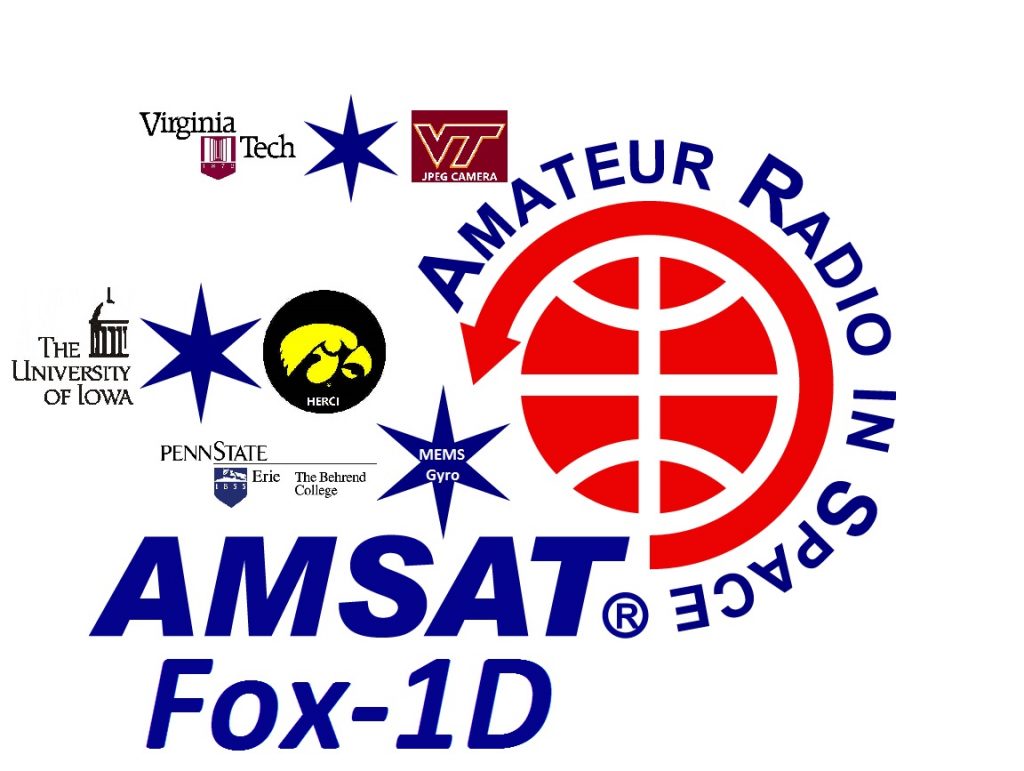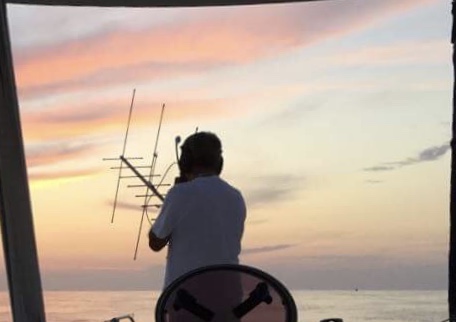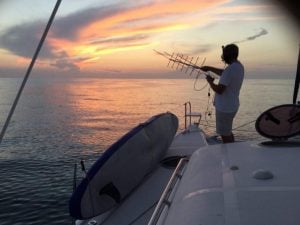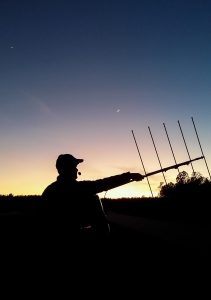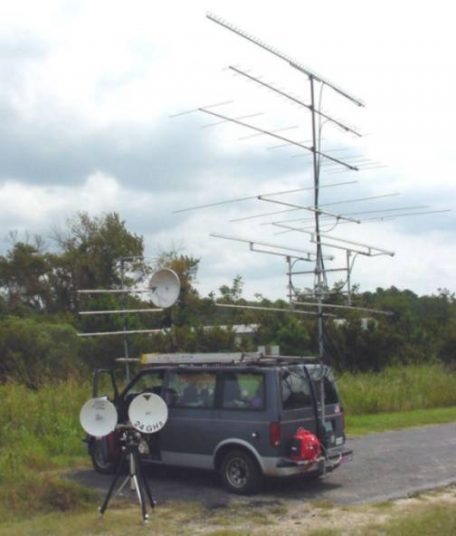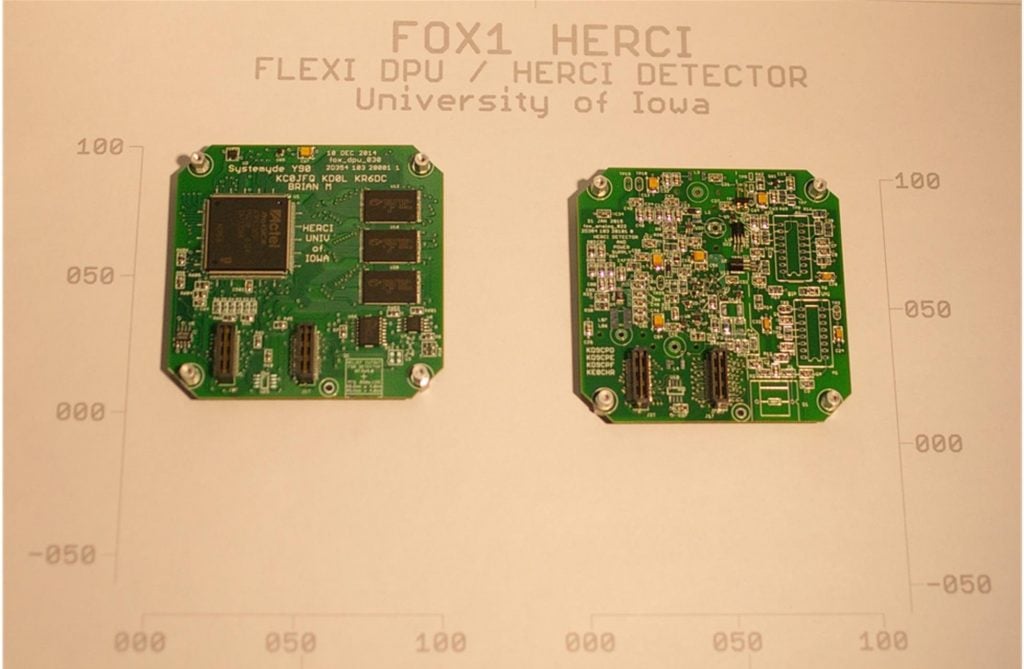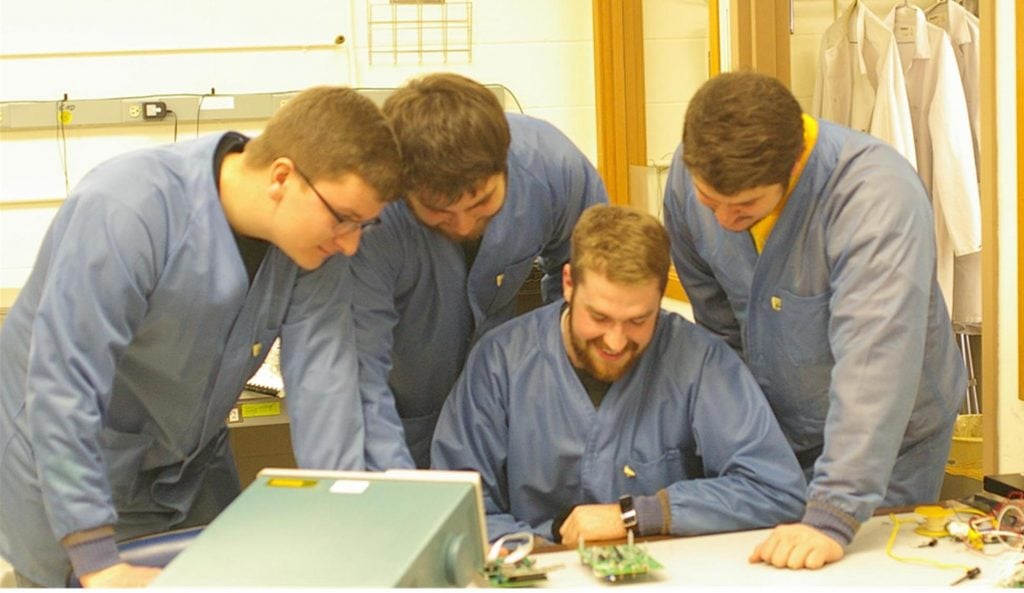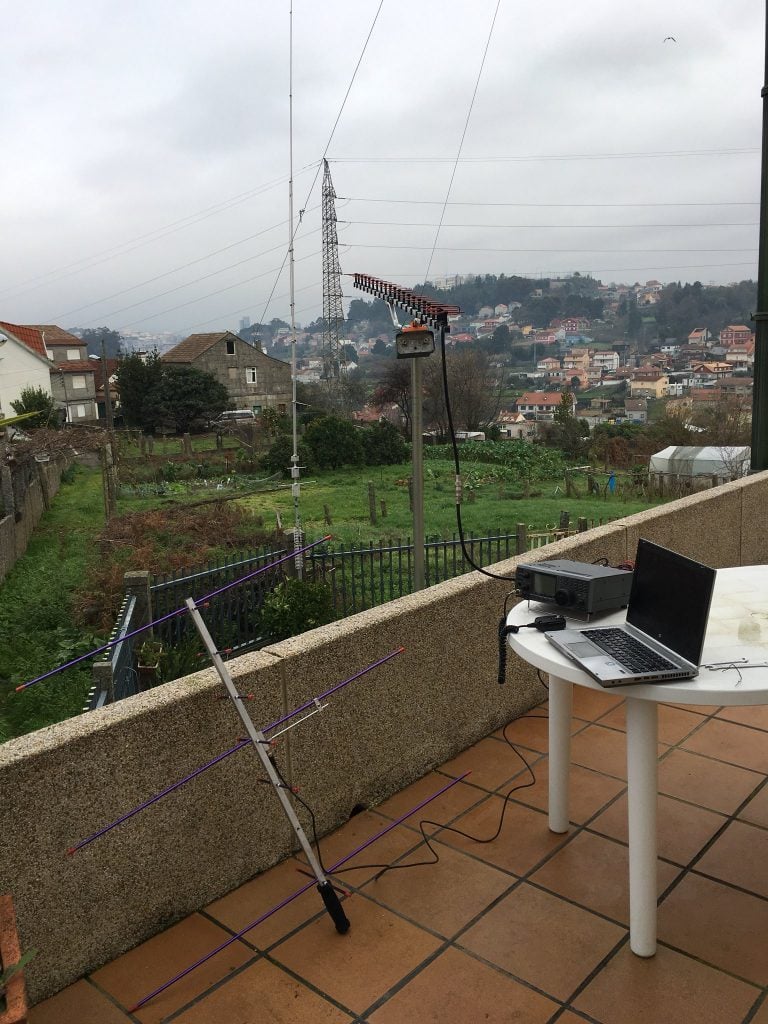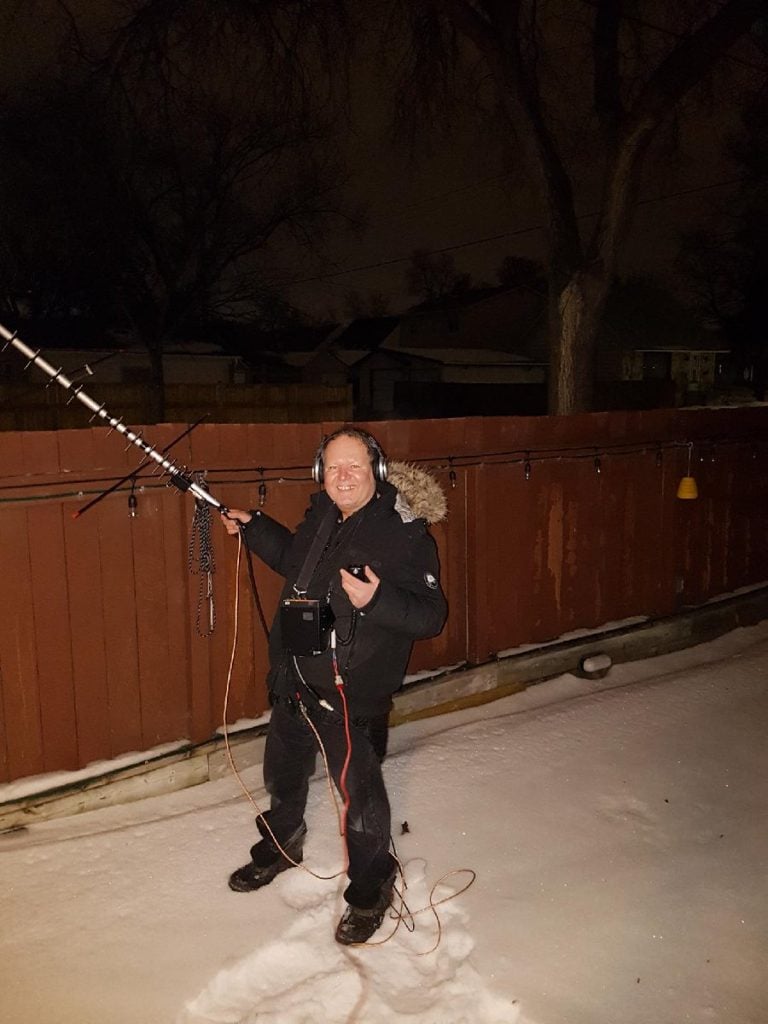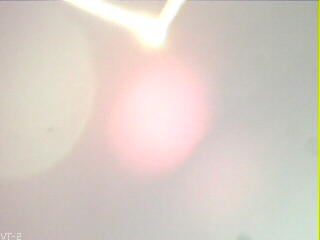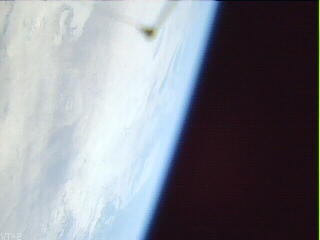On the 03:25 UTC pass on January 26, 2018, AMSAT Vice President – Engineering Jerry Buxton, N0JY, announced that AO-92 had been commissioned and formally turned the satellite over to AMSAT Operations. AMSAT Vice President – Operations Drew Glasbrenner, KO4MA, then declared that AO-92 was now open for amateur use. Audio of the handover and first operational pass can be heard here:
Initially, the U/v FM transponder will be open continuously for a period of one week. After the first week, operations will be scheduled among the U/v FM transponder, L-Band Downshifter, Virginia Tech Camera, and the University of Iowa’s High Energy Radiation CubeSat Instrument (HERCI).
Schedule updates will appear in the AMSAT News Service Weekly Bulletins and will also be posted to the AMSAT-BB, AMSAT’s Twitter account (@AMSAT), the AMSAT North America Facebook group, and the AMSAT website at https://www.amsat.org/satellite-schedules/
AO-92 was launched on the PSLV-C40 mission from Satish Dhawan Space Centre in Sriharikota, India on January 12, 2018. For the past two weeks, the AMSAT Engineering and Operations teams have been testing the various modes and experiments on board. Testing has shown that both the U/v FM transponder and L-Band Downshifter work very well. The Virginia Tech camera has returned stunning photos and data from HERCI has been successfully downlinked.
AMSAT thanks the 178 stations worldwide that have used FoxTelem to collect telemetry and experiment data from AO-92 during the commissioning process. The collection of this data is crucial to the missions of AMSAT’s Fox-1 satellites. Please continue to collect data from AO-85, AO-91, and AO-92.
Radio Programming Charts
|
AO-92 Doppler Shift Correction (Mode U/v) |
||
|
Memory |
Your Transmit Frequency
(With 67 Hz Tone) |
Your Receive Frequency |
| Acquisition of Signal (AOS) | 435.340 MHz | 145.880 MHz |
| Approaching | 435.345 MHz | 145.880 MHz |
| Time of Closest Approach (TCA) | 435.350 MHz | 145.880 MHz |
| Departing | 435.355 MHz | 145.880 MHz |
| Loss of Signal (LOS) | 435.360 MHz | 145.880 MHz |
|
AO-92 Doppler Shift Correction (Mode L/v) |
||
|
Memory |
Your Transmit Frequency
(With 67 Hz Tone) |
Your Receive Frequency |
| Acquisition of Signal (AOS) | 1267.320 MHz | 145.880 MHz |
| Approaching 1 | 1267.325 MHz | 145.880 MHz |
| Approaching 2 | 1267.330 MHz | 145.880 MHz |
| Approaching 3 | 1267.335 MHz | 145.880 MHz |
| Approaching 4 | 1267.340 MHz | 145.880 MHz |
| Approaching 5 | 1267.345 MHz | 145.880 MHz |
| Time of Closest Approach (TCA) | 1267.350 MHz | 145.880 MHz |
| Departing 1 | 1267.355 MHz | 145.880 MHz |
| Departing 2 | 1267.360 MHz | 145.880 MHz |
| Departing 3 | 1267.365 MHz | 145.880 MHz |
| Departing 4 | 1267.370 MHz | 145.880 MHz |
| Departing 5 | 1267.375 MHz | 145.880 MHz |
| Loss of Signal (LOS) | 1267.380 MHz | 145.880 MHz |
